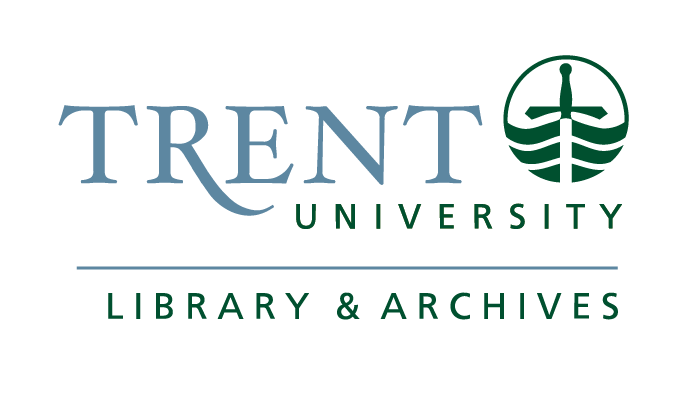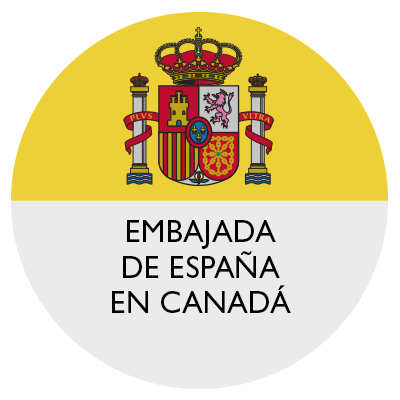Returning confiscated art
Creator: Mattoni, Virgilio (1842-1923)
Source:
Museu de Mataró
Extent: 1 item
41.53983, 2.44489
During the Civil War, Republican authorities seized cultural assets from institutions and individuals to protect them from revolutionary iconoclasm and the dangers of war. These assets were transferred to safeguard deposits. To manage these deposits and the broader cultural heritage as they occupied new territory, the first Francoist government created the National Artistic Heritage Defense Service (SDPAN) in April 1938. This military agency took control of the Republican deposits and proceeded to mark the pieces found there, as seen in the attached image, which shows the back of a painting preserved in the Museum of Mataró with the label "recovered from the enemy."
After the war ended, the victors issued an order on the restitution of artistic assets, establishing a detailed protocol that included inventorying the goods and concentrating them in regional deposits to facilitate subsequent claims by their rightful owners. Claimants were required to provide property titles or sworn statements endorsed by individuals deemed reliable by the new regime, which excluded many owners from claiming their assets out of fear of reprisals. Others did not file claims because they had lost the documents proving ownership, lacked knowledge about the procedures, or had been forcibly displaced, exiled, or had died.
In 1940, the government decreed that assets that had not yet been claimed would be placed in various institutions as deposits. The same fate awaited heritage assets seized during the post-war period for political reasons. Between 1940 and 1947, numerous unclaimed pieces were sent to public and private institutions, above all the Church, museums, and other cultural institutions.
Over the years, it became possible to trace the ownership of some of the assets that had not been returned by the SDPAN in the 1940s, and the issue of heritage restitutions was revisited. In recent years, restitutions have gained importance due to the significance of cases related to Nazi looting during World War II. Several researchers have highlighted the particularities of the Spanish case, gaps in the restitution process, and the propagandistic use of "Artistic Recovery" exhibitions. Dr. Arturo Colorado has compiled a list of works of such origin that are preserved in the Prado Museum, and in 2024, the Spanish government's Ministry of Culture published a list of assets pending restitution. Similarly, the Catalonian Institute for Research on Cultural (ICRPC) has conducted several studies on the location and ownership of these assets in public museums.
This effort to open up museums and socialize research on the impact of the Civil War on their collections represents a significant step toward recovering democratic memory and restoring heritage.
ECC







